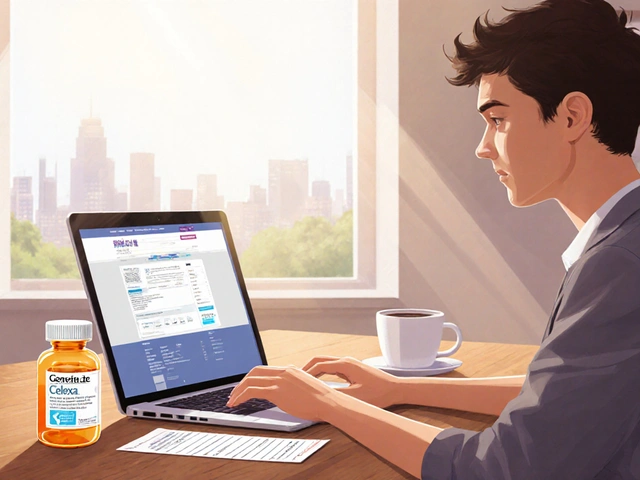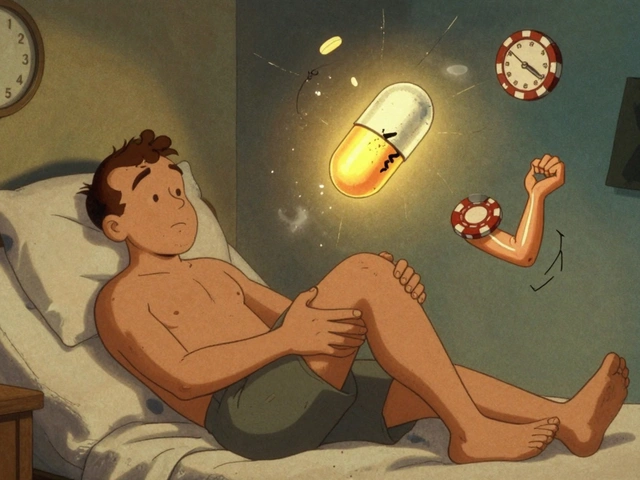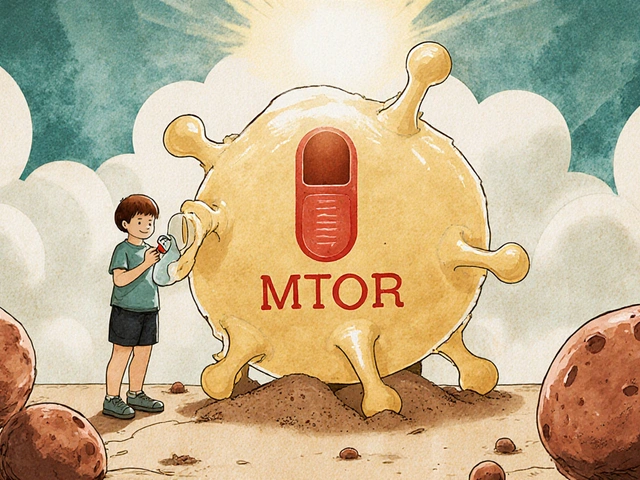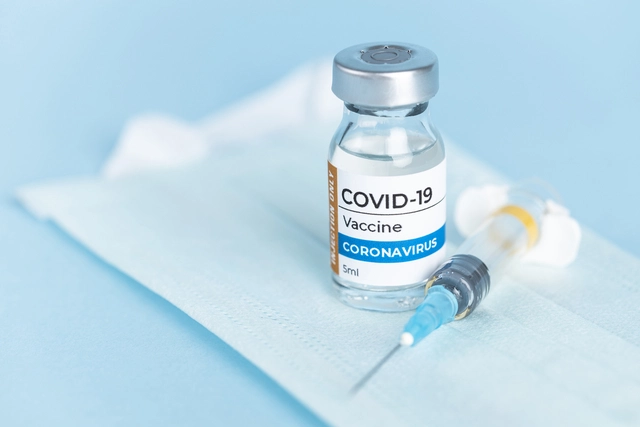Overdose: How to Recognize It and What to Do Right Now
An overdose can happen to anyone who takes too much of a medicine or mixes drugs and alcohol. It often looks different depending on the drug, but acting fast saves lives. Use this page to spot danger, take the right steps, and prevent a repeat event.
Signs of an overdose and immediate actions
Watch for slowed or stopped breathing, unresponsiveness, very small pupils, blue lips or nails, seizures, severe vomiting, or confusion. If you see any of these, call emergency services right away. Don’t wait to see if they "snap out of it."
If the person isn’t breathing or has no pulse, start CPR if you know how. If they’re breathing but unconscious, place them on their side (recovery position) to keep the airway clear. Don’t give them food, drink, or try to force vomiting.
If an opioid overdose is possible, give naloxone (Narcan) if you have it—nasal or injectable forms work. Naloxone can reverse opioid effects for a short time, so the person still needs emergency care after you administer it. Tell 911 exactly what was taken, how much, and when.
How to prevent overdoses and lower risk
Store all medicines locked and out of sight, especially opioids, sedatives, and stimulants. Follow prescription instructions exactly—never double up doses or share pills. Avoid mixing alcohol with prescription meds, and check for interactions before adding new supplements or citrus-heavy diets that can change drug levels.
Use one pharmacy when possible so your pharmacist can spot risky combinations. If you’re prescribed a high-risk drug (strong opioids, benzodiazepines, certain heart or blood-pressure meds), ask your clinician about a lower dose, safer alternatives, or whether naloxone is appropriate for your home.
After an overdose, talk to a healthcare provider before resuming any meds. If the event involved misuse or addiction, look for local support groups, addiction treatment services, or counseling. Simple changes—secure storage, clear dosing, and honest conversations with prescribers—cut your risk a lot.
Want more practical info? Our site has related guides on medication safety, interactions, and safer buying tips. Check pieces like “Iverheal: Uses, Safety, Dosage,” “Lasix Uses, Benefits, and Safety,” and “Citrus Drug Interactions: Hidden Risks Beyond Grapefruit Explained” to learn how certain drugs and combinations raise overdose risk. For opioid-specific help, search for naloxone resources in your area.
Carry a list of medicines and dosages in your wallet or phone and share it with family. If you live with someone using high-risk meds, consider a naloxone kit and a brief CPR course. Those small steps make a big difference when minutes matter.
If you’re unsure whether a symptom is an overdose, call emergency services. It’s better to get help and be fine than to wait and regret it. You don’t need to handle this alone—medical help and community resources are there for you.
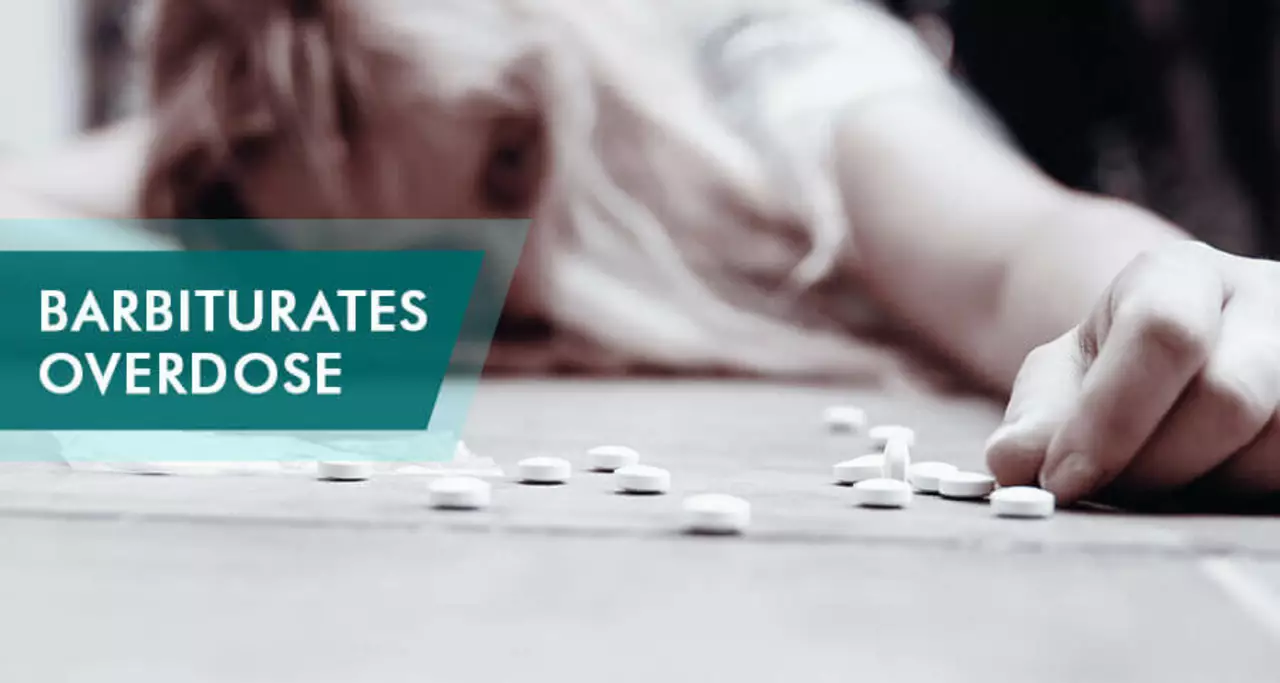
Valacyclovir Overdose: Symptoms and What to Do
I recently came across some important information about Valacyclovir overdose, and I wanted to share it with you all. Valacyclovir is an antiviral medication used to treat herpes infections, but an overdose can be dangerous. Symptoms of an overdose include extreme dizziness, hallucinations, and even seizures. If you or someone you know is experiencing these symptoms, it's crucial to seek immediate medical attention. Remember, it's always better to be safe than sorry, so don't hesitate to contact a healthcare professional if you're unsure.
Read More
